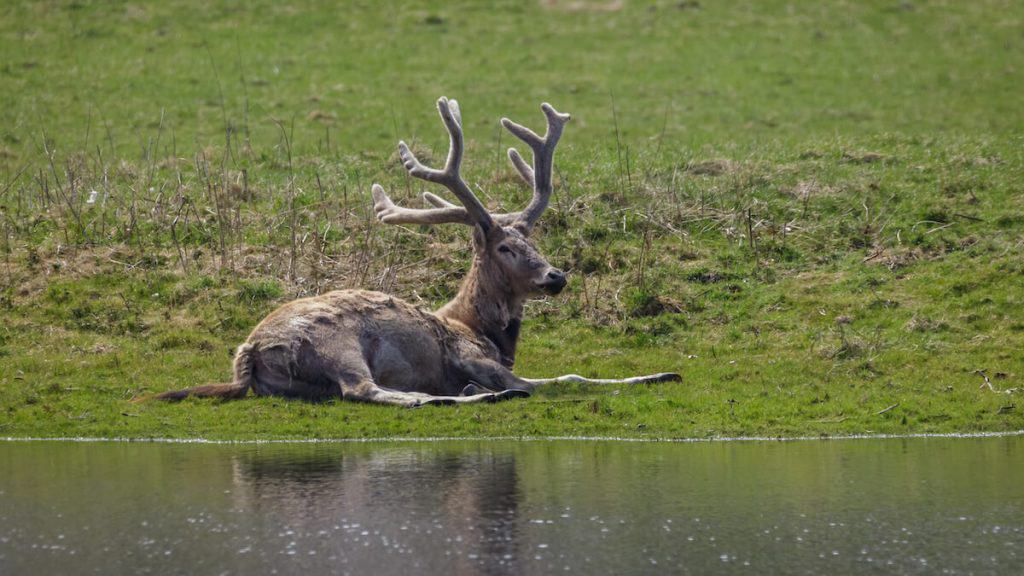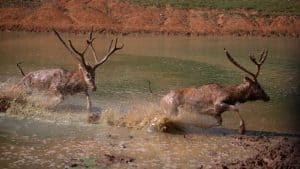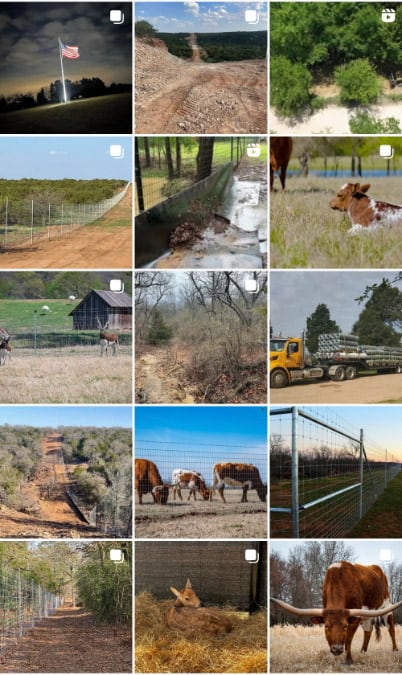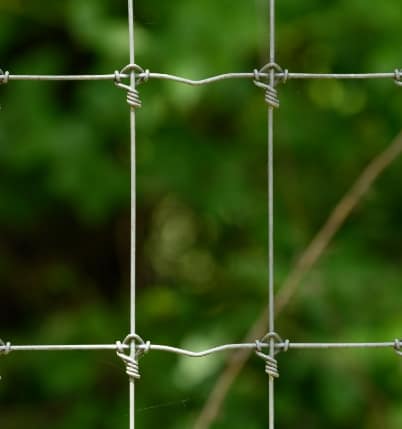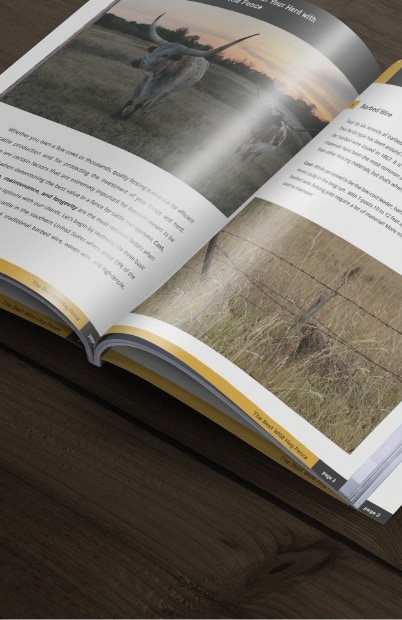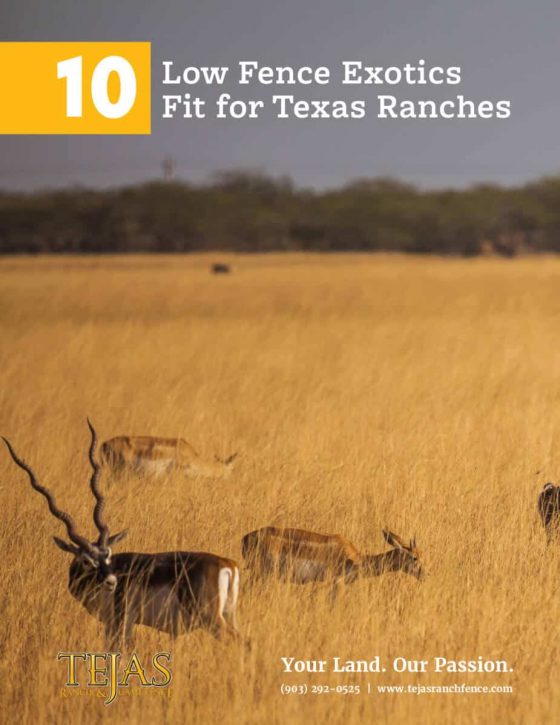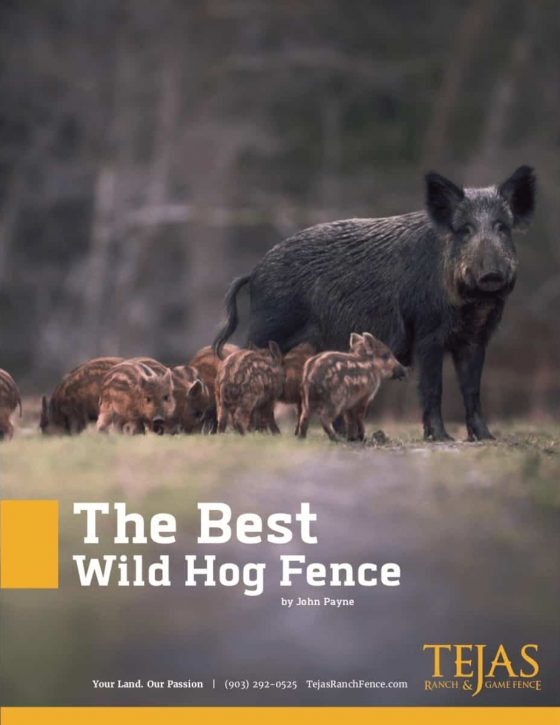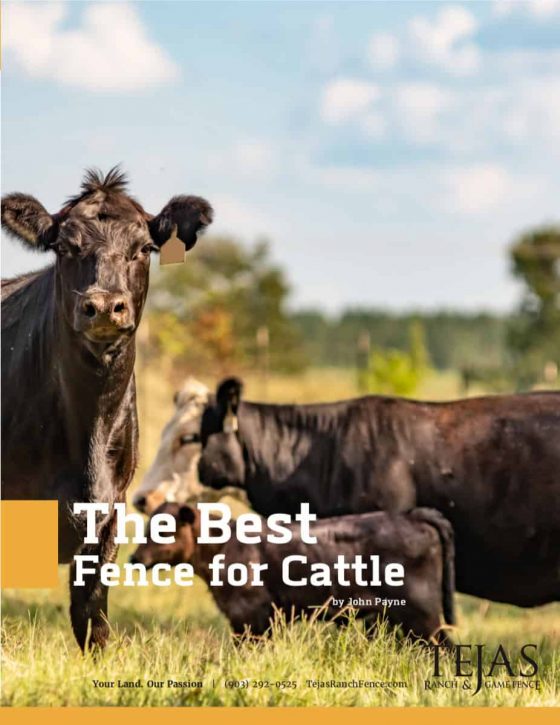Exotic Père David’s Deer
Père David’s Deer is native to China and is one of the rarest deer species in the world. These unique animals possess distinctive physical characteristics, including white spots and impressive antlers, contributing to their overall charm. Discovered in the late 19th century, Père David’s deer faced the threat of extinction. However, due to conservation efforts, their population has stabilized. As herbivores, these magnificent creatures primarily feed on grasses and aquatic plants. Their resilience and survival instincts enable them to thrive in various ecosystems, be it grasslands, wetlands, or forests. The story of these deer are one of hope, as they have managed to overcome the odds and sustain their existence.
The Unique Physical Characteristics of Père David’s Deer
Père David’s deer, also known as Elaphurus davidianus, are easily recognizable by their unique antlers that point up and backward. The male deer, or stags, grow impressive antlers that they shed annually. These deer have hooves adapted for land and water, allowing them to run and swim with remarkable speed and endurance. Standing at 4 feet tall at the shoulder and weighing up to over 400 lbs, these deer are quite large. Their unique physical characteristics make them visually captivating and contribute to the allure and fascination of this species.
| Height | 4.1 to 4.6 feet |
| Length | 6.1 to 7.2 feet |
| Weight | 350 to 471 pounds |
| Color | Reddish or grayish-brown |
| Lifespan | 18 Years |
| Country of Origin | Northeastern and east-central China |
| Habitat | Low-lying grasslands and reed beds |
| Diet | Mixture of grass and water plants |
| Fence Requirement | 4 ft minimum height |
| Suggested Fence Pattern | 1348-6, 949-6, 1661-6, 2096-6 |
History and Conservation of Père David’s Deer
During the late 19th century, French zoologist Père Armand David discovered these impressive deer in China. However, excessive hunting and catastrophic floods nearly wiped out the entire species. A British Duke acquired the last of these deer and brought them back from extinction. Today, Père David’s deer can be seen in various zoos and conservation areas worldwide, owing to the efforts of dedicated conservationists.
The conservation of David’s deer serves as a testament to the resilience and adaptability of this species. By studying these deer in captivity, scientists gained valuable insights into their behavior and habitat requirements. This knowledge paved the way for effective conservation strategies that have contributed significantly to the preservation of this exquisite animal.
The reintroduction and preservation of David’s deer highlight the critical role that captive breeding programs and conservation efforts play in safeguarding endangered species. These magnificent creatures serve as a symbol of hope and remind us of the importance of protecting our natural world and its diverse wildlife.
The Natural Habitat of Père David’s Deer
Père David’s deer, also known as Milu, are highly adaptable creatures that can thrive in different ecosystems such as grasslands, wetlands, and forests. However, they have a preference for habitats that offer a water source, such as marshes, lakes, and rivers. These environments provide them with the essential aquatic plants that make up a significant part of their diet. They have remarkable survival skills that allow them to withstand varying climate conditions, from scorching summers to freezing winters.
In grasslands, these deer utilize the abundant vegetation as a source of food and as cover from potential predators. They have developed efficient navigation skills and can seamlessly move through wetlands, maneuvering around aquatic plants, water gaps, and bodies of water. They have also adapted well to living in captivity, thriving in zoos, conservation areas, and game ranches.
Interaction with Other Species
Père David’s deer coexist with a diverse range of species in their habitat. Fallow deer, whitetail deer, axis deer, and other exotic animals can be found sharing the same ecosystem. These deer interact with other herbivores, competing for resources, establishing social hierarchies, and engaging in mating rituals. During the mating season, known as the rut, stags engage in competition, similar to other deer species.
The presence of Père David’s deer in conservation areas plays a crucial role in fostering biodiversity and promoting ecological balance. Through their relationships with other species, they showcase the interconnectedness of ecosystems and the importance of preserving biodiversity. Furthermore, these interactions can be observed both in the wild and in captivity, providing valuable insights for conservationists and researchers.
The Future of Père David’s Deer
Père David’s deer is a fascinating and unique species that has captured the attention of wildlife enthusiasts and researchers alike. Their distinct physical characteristics and history make them truly remarkable creatures. Despite their ability to adapt to various ecosystems and interact well with other species, David’s deer still face the threat of endangerment and rely on conservation efforts for survival. Previously extinct in the wild, they now depend on programs, zoos, and reintroduction initiatives. It is crucial that we take action to protect and conserve this species to ensure its survival for future generations. By raising awareness and supporting initiatives aimed at preserving their natural habitat, we can contribute to the conservation efforts for Père David’s deer. Together, we can make a difference in safeguarding the future of this magnificent animal.
Join our email newsletter and receive informative articles like these in your inbox! Subscribe here.
About Tejas Ranch & Game Fence
Tejas Ranch & Game Fence is the go-to ranch fence contractor for landowners with a vision for their property. We have a broad offering of ranch fence solutions, such as high-game fences, cattle fences, hog-proof fences, and more. We offer land clearing, trail construction, and land development consulting along with our fence solutions.
Related Posts
Exotic Black Hawaiian Sheep
Exotic Barbados Sheep
Exotic Zebras
Exotic Rhea
Buffalo
Exotic Addax
Exotic Scimitar Oryx
Exotic Blackbucks
Exotic Sika Deer
Exotic Painted Desert Sheep
Exotic Mouflon Sheep
Exotic Corsican Sheep
Exotic Fallow Deer
Exotic Aoudad Sheep
Exotic Nilgai Antelope
Exotic Texas Dall Sheep
Exotic Axis Deer
